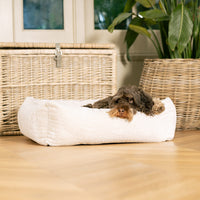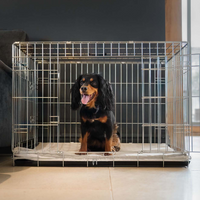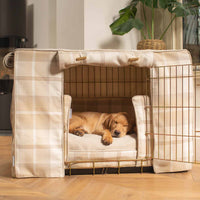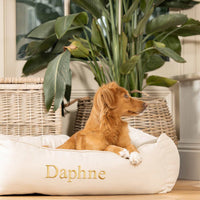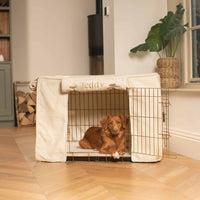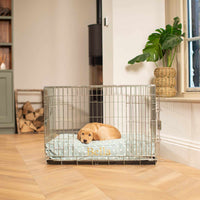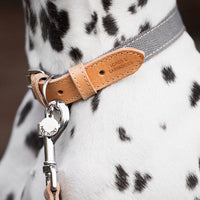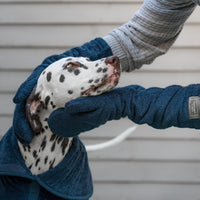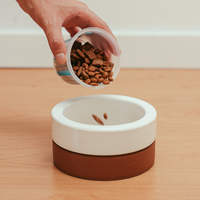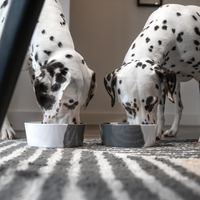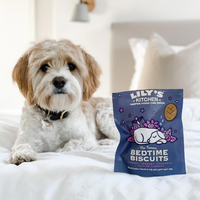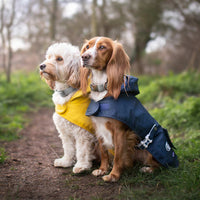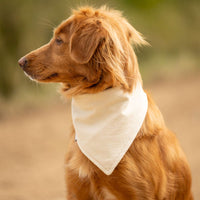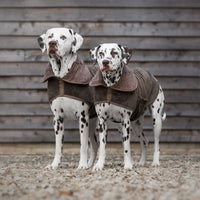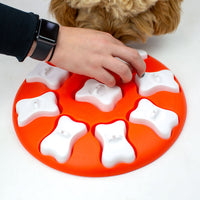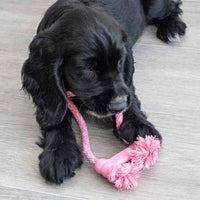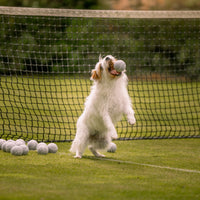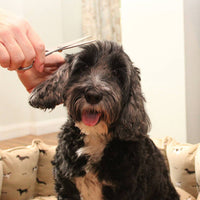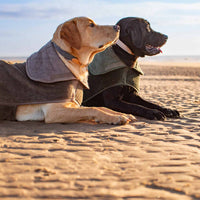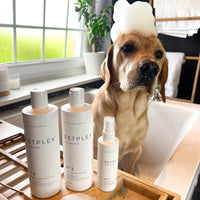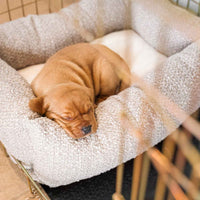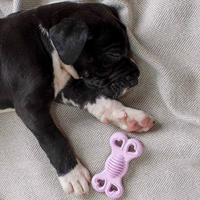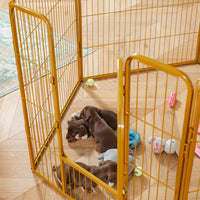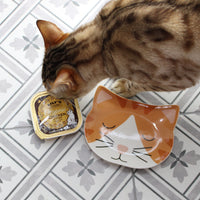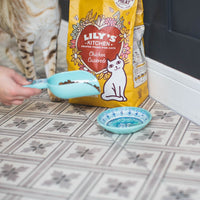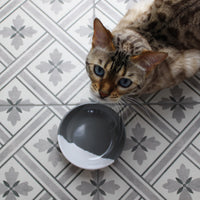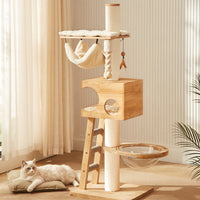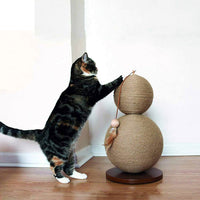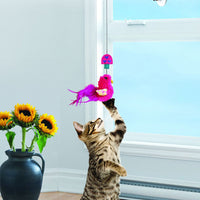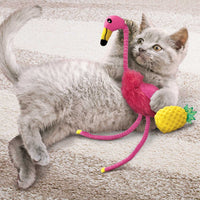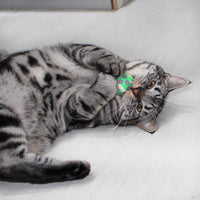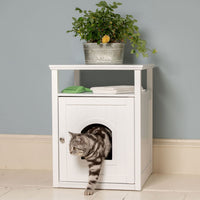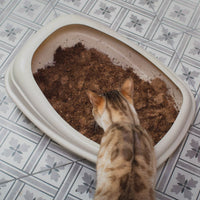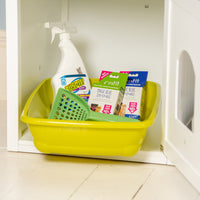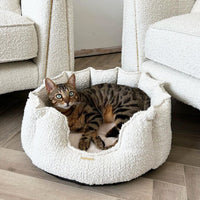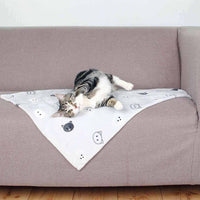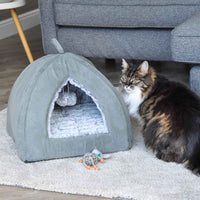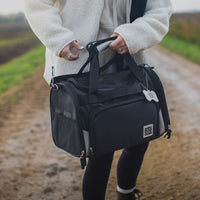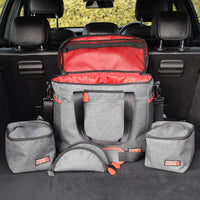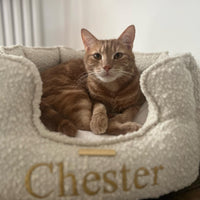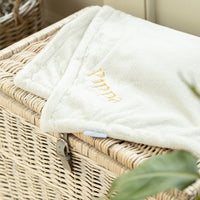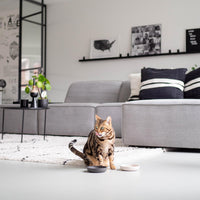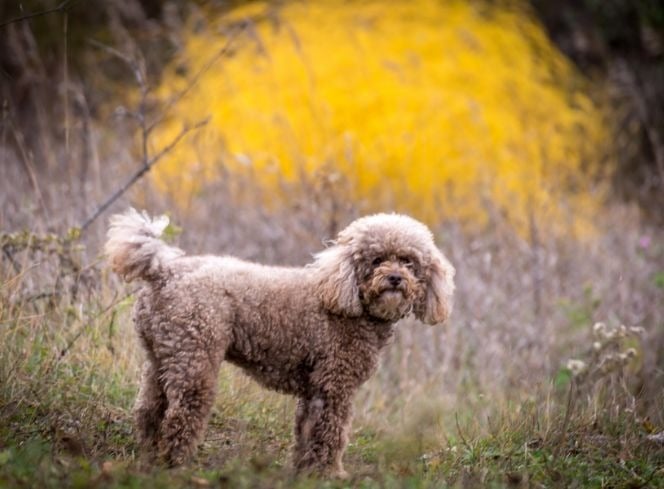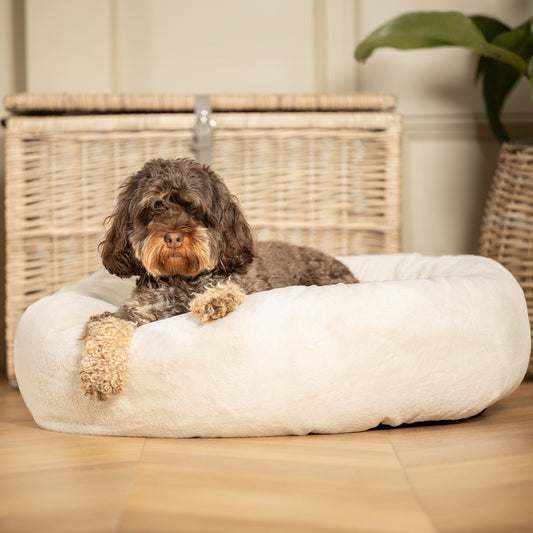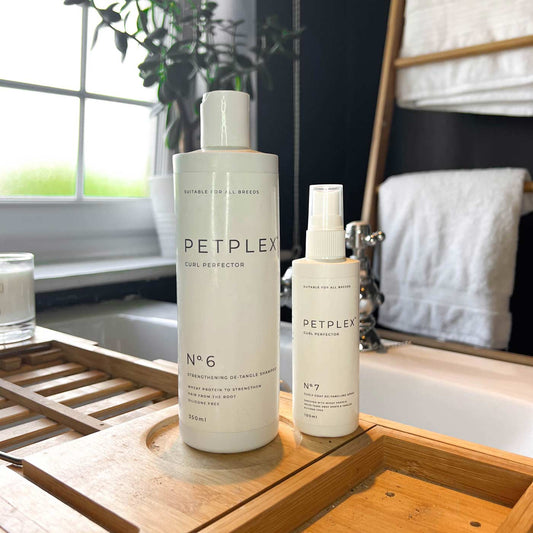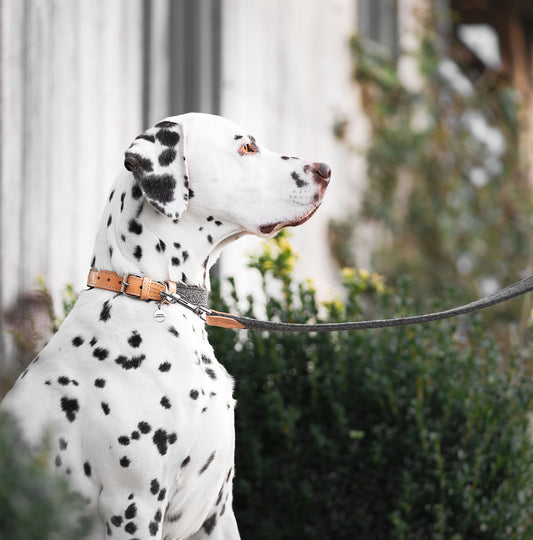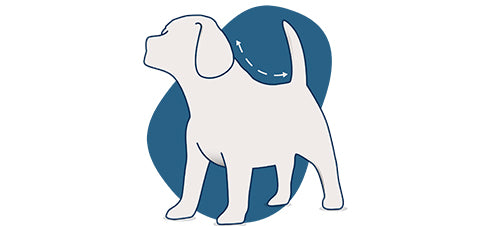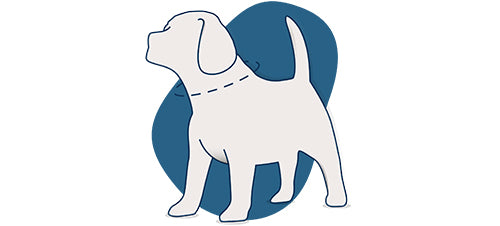If you've ever been charmed by the elegance and intelligence of a Miniature Poodle, you're not alone. These delightful companions have captivated hearts around the world with their striking appearance, lively personality, and remarkable intelligence. In this comprehensive guide, we'll delve into everything you need to know about Miniature Poodles, from their distinctive traits to their unique health needs, training tips, and grooming essentials.
Miniature Poodle Facts and Information
Fact File
| Kennel Club Breed Group | Utility |
| Size | Small |
| Weight | 4.5 - 7kg |
| Daily Excercise | Up to 1 hour a day |
| Coat Type | Medium curly |
| Coat colours | Apricot, Black, Blue, Brown, Cream, Red, Silver & White |
| Lifespan | Over 12 years |
Origin and History
Miniature Poodles, like their Standard counterparts, trace their lineage back to the standard poodle breed, which originated in Germany. However, the Miniature Poodle was specifically bred to be a smaller version, likely for companionship and as a household pet. Their exact origins are somewhat mysterious, but they gained popularity in France and eventually became beloved pets worldwide.
Appearance
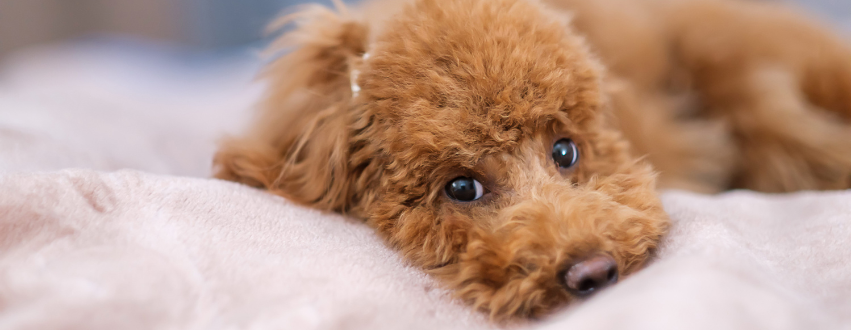
Miniature Poodles are characterised by their elegant appearance, intelligent expression, and distinctive curly coats their hypoallergenic coat and non-shedding nature make them a popular choice for individuals and families seeking a low-maintenance yet stylish companion.
Temperament
Miniature Poodles are renowned for their intelligence, charm, and playful nature. They are highly trainable and excel in various canine sports and activities. Additionally, Miniature Poodles are known for their affectionate and loyal demeanour, making them wonderful companions for individuals and families alike.
Miniature Poodle Personality and Traits
Miniature Poodles possess a range of endearing personality traits that make them stand out among dog breeds:
- Intelligent: Miniature Poodles are exceptionally intelligent and thrive on mental stimulation. They enjoy learning new tricks, solving puzzles, and participating in obedience training.
- Playful: Despite their small size, Miniature Poodles have boundless energy and love to play. They enjoy interactive games, fetch, and activities that engage their minds and bodies.
- Affectionate: Miniature Poodles form strong bonds with their owners and thrive on companionship. They enjoy spending time with their family members and are known for their loving and loyal nature.
- Alert: Miniature Poodles are naturally alert and make excellent watchdogs. They have a keen sense of their surroundings and will alert their owners to any potential dangers or intruders.
Miniature Poodle Health Issues
While Miniature Poodles are generally healthy dogs, they may be prone to certain health issues, including:
- Hip Dysplasia: Like many other breeds, Miniature Poodles can be susceptible to hip dysplasia, a condition that affects the hip joints and can cause pain and mobility issues.
- Progressive Retinal Atrophy (PRA): PRA is a hereditary eye disorder that can lead to progressive vision loss in Miniature Poodles. Regular eye examinations by a veterinarian can help detect and manage this condition.
- Patellar Luxation: This condition involves the dislocation of the kneecap and can cause discomfort and lameness in affected dogs. Proper veterinary care and monitoring are essential for managing patellar luxation.
- Dental Issues: Miniature Poodles may be prone to dental problems such as tartar buildup and gum disease. Regular dental care, including brushing and dental check-ups, can help maintain oral health.
Raising A Miniature Poodle: Training and Care Tips
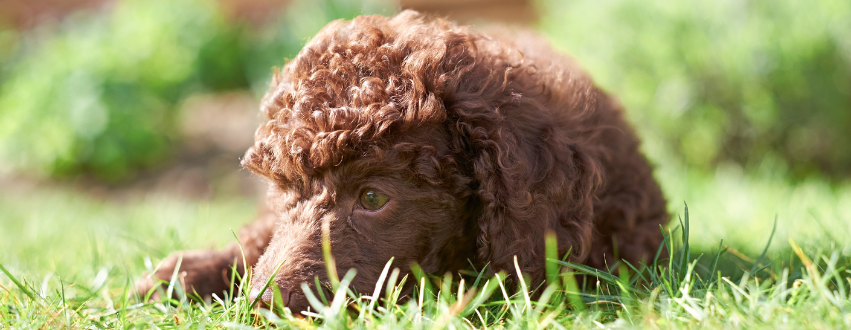
Raising a Miniature Poodle requires patience, consistency, and dedication. Here are some essential tips for nurturing a happy and well-behaved Miniature Poodle:
Miniature Poodle Training Tips
Start training your Miniature Poodle early using positive reinforcement techniques such as treats, praise, and clicker training. Focus on basic commands such as sit, stay, come, and heel, and gradually introduce more advanced obedience training exercises.
House Training Your Miniature Poodle
Establish a consistent routine for house training your Miniature Poodle puppy, including regular toilet breaks after meals, naps, and playtime. Use rewards and positive reinforcement to encourage appropriate elimination behaviour.
Crate Training Your Miniature Poodle
Introduce your Miniature Poodle puppy to a crate as a safe and comfortable den-like space. Use positive associations and gradual acclimation to help your puppy feel secure in their crate.
Our deluxe crates and cosy & calming puppy crate beds make the perfect crate training set up, for Miniature Poodles we’d recommend our medium crate. Our pet experts have written a handy crate training guide for dog owners who are looking to crate train their puppy, it contains all their tips, tricks and advice to make crate training as easy as possible.
Miniature Poodle Exercise Needs
Miniature Poodles are energetic dogs that require regular exercise to stay healthy and happy. Aim for at least 30 minutes to an hour of daily exercise, including walks, playtime, and interactive games. Make sure you’ve got a good quality collar and lead to walk your Miniature Poodle puppy with; we love our Herdwick walking sets, the wooly texture matches their coat and it comes in three beautiful neutrals.
Miniature Poodle Dietary Needs
Provide your Miniature Poodle with a balanced diet that meets their nutritional requirements. Choose high-quality dog food formulated for small breeds, like the Acana small breed puppy and dog foods - they contain all the essential nutrients your Miniature Poodle will need.
Best Beds For Miniature Poodles
Give your Miniature Poodle the perfect place to sleep with one of our luxury dog beds. The Bouclé Luxe collection will look super cute with your Poodles coat, the woolly texture of the Bouclé will complement their curls perfectly. Our Bouclé collection comes in all of our most popular bed shapes so there’s sure to be one your puppy will love.
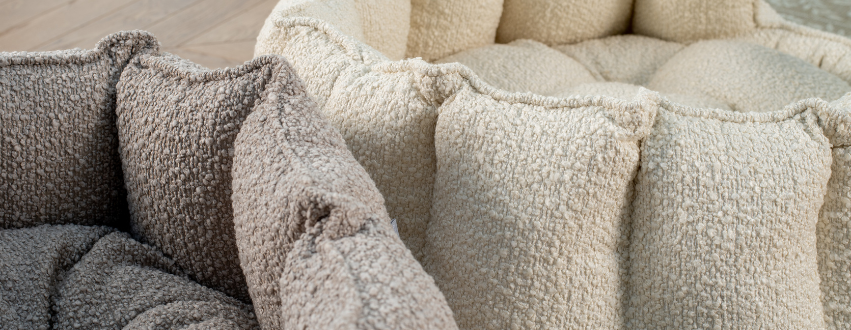
Miniature Poodle Grooming Essentials
Grooming is an essential aspect of caring for a Miniature Poodle's distinctive coat. Follow these grooming tips to keep your Miniature Poodle looking and feeling their best:
- Brushing: Miniature Poodles have dense, curly coats that require regular brushing to prevent matting and tangling. Use a slicker brush or comb to remove loose hair and detangle knots. Our brush guide will help you find the perfect brush for their coat type.
- Professional Grooming: Schedule regular visits to a professional groomer for haircuts and maintenance grooming. Professional groomers can trim your Miniature Poodle's coat to your desired length and ensure proper hygiene.
- Bathing: Bathe your Miniature Poodle as needed to keep their coat clean and fresh. Use a mild dog shampoo and thoroughly rinse their coat to remove any soap residue. The PetPlex curl perfecter shampoo and detangling spray is perfect bathing your Miniature Poodle with, they are formulated to professional grooming standards and contain all the best ingredients to keep their curls looking perfect.
- Ear Care: Check your Miniature Poodle's ears regularly for signs of wax buildup, redness, or irritation.
- Dental Care: Maintain your Miniature Poodle's oral health by brushing their teeth regularly with a canine toothpaste and toothbrush. Dental chews and toys can also help promote dental hygiene.
Conclusion
In conclusion, Miniature Poodles are charming, intelligent, and affectionate companions that bring joy and laughter to their owners' lives. By understanding their unique personality traits, health needs, and grooming requirements, you can provide your Miniature Poodle with the love and care they deserve. Whether you're embarking on obedience training adventures or enjoying leisurely walks together, the bond between you and your Miniature Poodle is sure to be a rewarding journey filled with love and companionship.
Treat your Miniature Poodle to all of our must haves in our Miniature poodle shop here.


